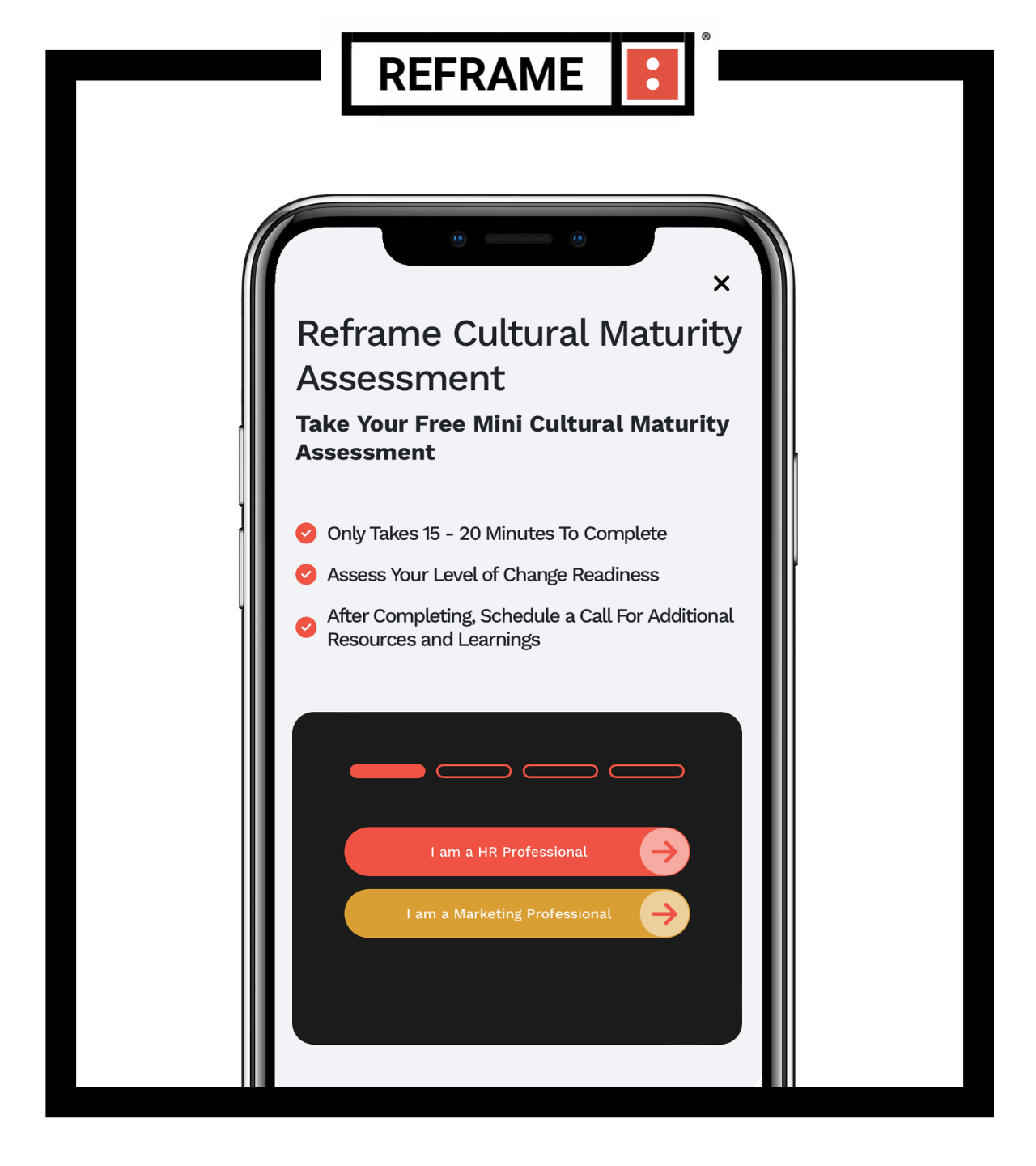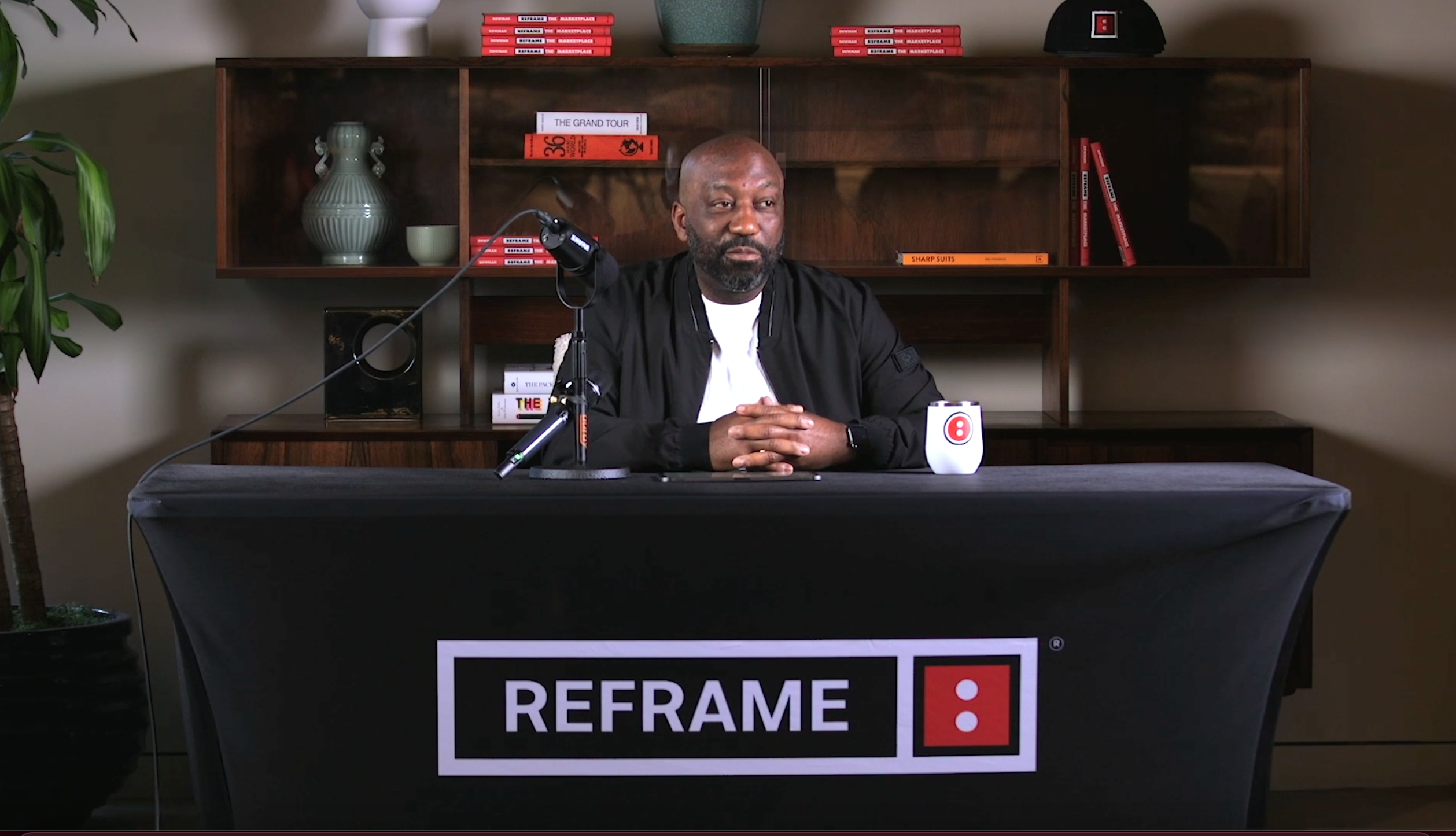A Molson Coors Marketing Executive Shares How They Are Working to #CLOSETHEGAP
As Director of Foresight & Design at MillerCoors, just one of Ben Feeney’s responsibilities is to #closethegap between MillerCoors’ current workplace and the new marketplace. This means change management throughout the marketing department.
We recently caught up with him to learn more about how he acknowledged this need and what changes he’s a part of at MillerCoors.
Ben, can you share with us one of the efforts you’re making to create transformative growth at MillerCoors?
We’re focusing on our people, making sure that we have the best, most highly trained, most retained, best-recruited people. If you don’t have the right people, you can’t get any of this stuff done.
But that’s just the start. We’re pushing to train our people so that they have the right insights to better understand the complexity of people around us. Whether it’s a colleague, an agency partner, or a beer drinker. It comes back to our belief that building greater empathy for people will make us stronger as colleagues and as marketers.
What are the first steps? What two or three things does the team really have to learn?
Greater empathy. It makes people feel known on an individual level and they become individually connected to our brands. We call this humanizing the business for growth.
Once this happens the team can better understand the [brand] portfolio. More specifically, they’re able to understand in what occasions brand x engages consumers versus brand y? They learn how to avoid the overlap. To ask “what is that brand’s purpose?”
Can you please expand on that? The role of the brand purpose?
The brand purpose should live throughout every communication that we have, in every piece of content.
When you get all these pieces right – people, portfolio, purpose – the last piece is platform. If you have an empathetic understanding of people, the right portfolio and are creating brands with purpose, all this then needs to be amplified across modern platforms.
People. Portfolio. Purpose. Platform. That’s strong. Thank you for sharing. What about the marketplace? What are you focused on there?
We feel we could go further between the connection of our drinkers and our brands. There’s a level of depth we haven’t achieved yet. Much of that revolves around the way people, especially millennials, see themselves and the world around them, versus the way we’ve been thinking and acting as a marketing organization. We’re taking several steps to more closely align our approach to the reality of today’s marketplace.
Is this where the intent or purpose comes back into play?
Yes! It’s that interconnection. We achieve that through living our brand purpose. We go through each detail making sure every one of our brands has a distinct purpose.
A lot of brands do this at the bare minimum, use a template or a check the box exercise, but for us, it’s more than that. It’s a mantra, a belief system. It encompasses everything from writing the briefs to creating content for a social media campaigns. Whatever the communication or engagement is, it must live that purpose.
It’s clear that you’re investing a lot in understanding the customer. What have you learned about the New Marketplace? How are you responding?
The marketplace is becoming more and more fluid, more and more accepting, more and more polycultural, and so that gap continues to increase.
The gap between the workplace and the marketplace?
Yes! In the workplace, we have three generations coexisting now and there’s about to be a fourth; from Boomers to Gen X to Millennials to Gen Z. Despite the growing influence of millennials and Gen Z in our organization, we’ve still been anchored to an approach that doesn’t fully reflect the world in which we’re marketing our beers. We need to always look a few steps ahead. We need to future-proof our workplace for the ever-changing marketplace.
It’s been said the only constant is change. You’ve been at MillerCoors for about five years. What changes have you witnessed in that time?
It’s been an evolution for us. So when I first got here, we worked and operated with a multicultural marketing model and the accompanying siloed mindset. Think of it as a very vertical approach to marketing. We had general market with its resources and then African American, Hispanic, Asian, etc. Whatever the case may be. Each operated as four distinct business units. At times, each had a distinct communication in the marketplace.
For the past two plus years, we’ve moved to operating with an understanding of the cross-cultural context. This allows us to operate with a total market mindset. What that means is we no longer think of things strictly based on demographics.
How do you look at them?
We look to understand culture as a whole. We look to be relevant across the total addressable market, while still having the ability to go deeper with our growth targets.
That means we think more horizontal now if you will. When we understand the horizontal, that total addressable market, we can then target more effectively. We can be total and targeted at the same time.
Without sharing the exact ingredients, can you provide a more specific example of how you put this into practice?
Ok, let’s talk tastes. People are motivated to choose their beverage of choice for many reasons. There’s a function of availability, accessibility, price, preference, etc. That actually commonly varies from one region to the next. And, these variables change as we grow. That’s one motivator set, one path that people take. Another path could be “I drink what my dad drank.” Yes, that’s a very real thing.
We have to leave our own motives at the door and really look into what makes any one group do what they do. For example, the Northwest is a big craft beer market, lots of big, heavy beers. That’s just not true everywhere. In Texas, where it’s 90 degrees in the winter sometimes, people just want a light, refreshing lager. There’s no simple answer. But again, we can’t apply our own assumptions or base them on simple demographics. We need to be committed to understand people – and their motivations – at an individual level.
That’s fascinating. How does this manifest itself in your strategy for your external communications?
For Coors Light, our brand purpose is to be “the refreshing reward for those who climb life’s mountains.” That’s distinctly tied to our heritage and our brewing process. It’s about going through strenuous efforts to deliver the highest quality, to be the world’s most refreshing beer. And so it [the beer], has its own mountain that it’s climbing.
Much like any of us, or any of our drinkers, we’re climbing our own mountains in life. So we communicate that “Climb On” message in relevant ways. We use relevant platforms across the total addressable market, target that message to specific groups, and ultimately personalize it to an individual. The message goes from 1-to-Many, to 1-to-Few, to 1-to-1.
Aha! That goes back to the 4P’s right? People. Portfolio. Purpose. Platform.
Exactly. This is why people, portfolio, purpose, and platforms is so important … rather than a demographically based insight. We look at things from a universal perspective. It doesn’t matter if I’m White or Black or 55 or 21 or an occasional drinker or whatever demographic you want to put someone in. We’re talking to people who enjoy climbing life’s mountains. When we do that we have a message that resonates horizontally… across cultures.
Got it, so “climb life’s mountains” is the brief… and carries onto the creation of content, social, etc.?
Yes! We then take that total message of “if you climb life’s mountains,” Coors Light’s there for you, then target.
Can you give me an example?
Sure. Take for example the Puerto Rican community in New York City. There are specific mountains they may have. We can now more easily create a message that resonates with that community. We can apply the same practice to the LGBT community in Chicago and any other group of people, all the way down to individual drinkers.
So what’s next?
Next has already started. We are actively moving from a Total Market marketing model to Polyculture Marketing model. This means moving away from understanding the exchange of culture, (which is the basis for Total Market) to embracing the intertwining of culture, which is the root of Polyculturalism.
Thanks Ben, we look forward to checking in with you as you implement this change.
###
Interested in learning more about how to capture your total addressable market? Please be sure to check out these posts:
The New Currency For Diversity & Inclusion
Cultural Maturity Defined
Or get the industry’s first report on The State Of The Total Market Industry Vertical here.
Related Blog Articles






